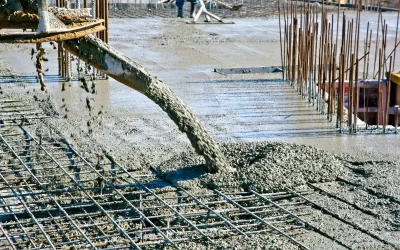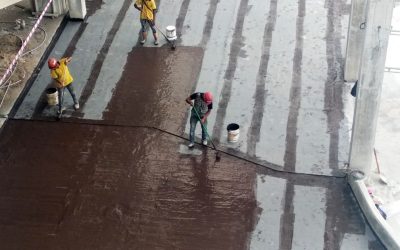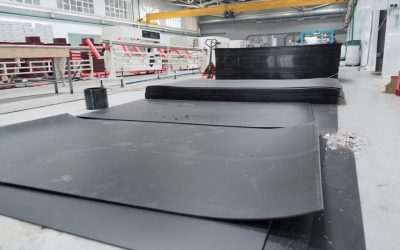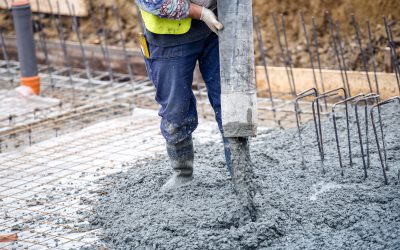News & Blogs
What is Cellulose Fibre Used For?
Cellulose, a natural material derived primarily from wood pulp, is the most abundant organic polymer on Earth. When we talk about cellulose fibres, we're referring to fibres made of cellulose, which has a huge range of applications across various industries. Cellulose...
What are Cellulose Ethers and their Main Uses in Construction?
Cellulose ether is a chemical compound derived from the naturally occurring polymer found in plant cell walls and is widely used in various industries due to its versatile properties. This compound is the result of a chemical modification process of cellulose, which...
What is the Use of Expanded Glass Spheres in the Construction Industry?
The construction industry is always on the lookout for innovative building materials that offer a blend of strength, durability, and environmental sustainability. One such material that has been gaining traction is expanded glass spheres which are made from recycled...
What Are Silanes & What Are They Used For?
Silane is a chemical compound comprising silicon and hydrogen molecules. Regarding chemical properties, silanes are water-repellent, highly toxic when inhaled, and have a repulsive smell. A critical property of silanes is that they act as a potent bonding agent. Due...
What Is The Difference Between Alpha and Beta Plaster?
Alpha plaster and beta plaster are two different types of calcium sulphate hemihydrate that are used to produce high strength, quick setting plasters for creating smooth surfaces and ornamental designs on ceilings, walls and floors. It can be used in fire-proofing...
Why Is Metakaolin Used In Concrete?
Concrete is the basis of any construction. In today's world, where the construction sector is at its peak, you can't imagine any construction work without concrete. Concrete is a typical combination of sand, cement, admixtures and aggregates, and water. Adding some...
What Are Styrene Acrylic Polymers Used For?
Styrene acrylic polymers are a group of polymers usually obtained by polymerizing a combination of styrene and acrylic monomers. These polymers have a mixture of properties derived from both acrylic and styrene components. They are water-based formulations that are...
What Is The Difference Between Pure Acrylic And Styrene Acrylic (Emulsion)?
Pure acrylic and styrene acrylic are both paint formulations used in a wide range of applications, including paint and coatings, craft projects, and DIY home projects, like interior and exterior painting projects. Although they are similar in some ways, these two...
What Are the Key Plasticisers Used in PVC?
Plasticisers are mainly added to polymers during the production stage and work by reducing the intermolecular forces between polymer chains, allowing them to slide more easily past each other. This results in increased flexibility and improved processing...
What Is Sodium Thiocyanate Used For?
Sodium Thiocyanate is a water-soluble compound that is used across various industries. Its chemical formula is NaSCN, prepared by reacting cyanide with sulphur. In its physical state, sodium thiocyanate is colourless with white hygroscopic grains. It can also exist as...
What Is Zinc Sulfate Monohydrate Used For?
What is Zinc Sulfate Monohydrate? Zinc Sulfate Monohydrate is a white, crystalline chemical compound that consists of zinc, sulfur, oxygen, and water molecules. Its chemical formula is ZnSO4·H2O. It is commonly referred to as a monohydrate because it contains one...
What Is Chlorinated Rubber Used For & Its Advantages?
Chlorinated rubber is a modified version of natural rubber created through a process of chlorination. It is used extensively in the production of coatings, inks, and adhesives. High viscosity chlorinated rubber is used in the production of high-strength adhesives, or...











